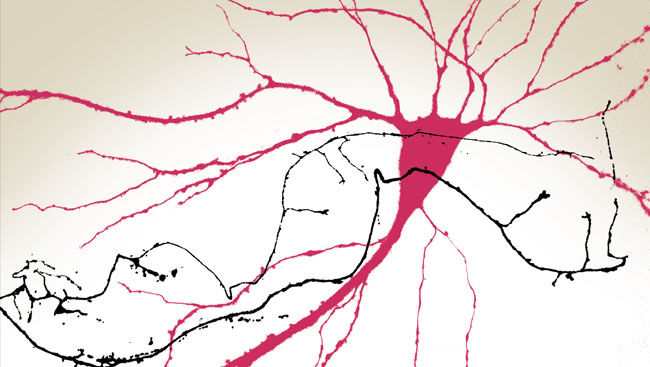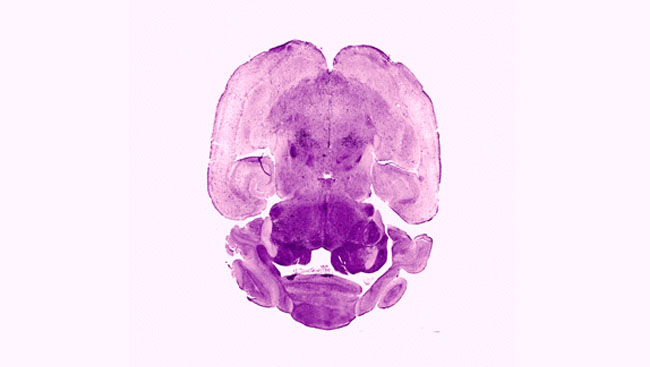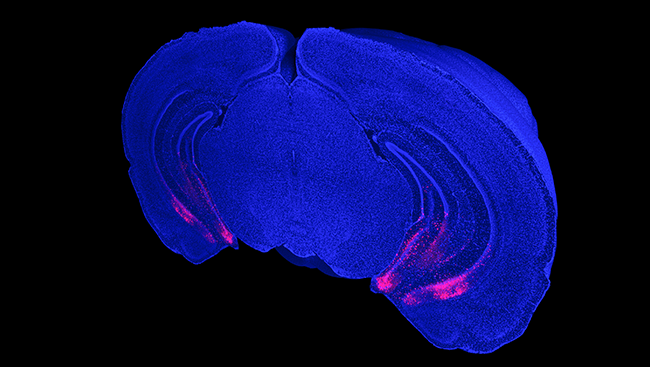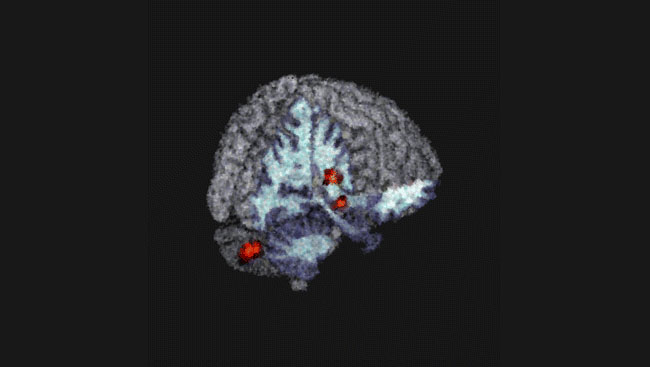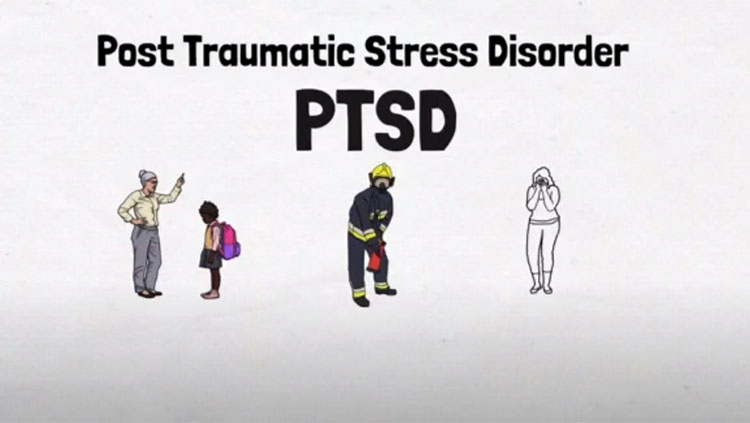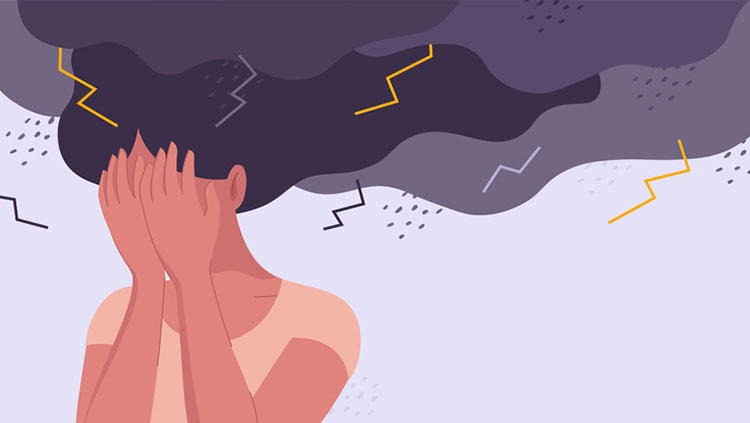Mental Health Awareness
- Published21 May 2015
- Reviewed21 May 2015
- Author Michael W. Richardson
- Source BrainFacts/SfN
Mental health disorders such as depression, bipolar disorder, and anxiety may affect more than 18 percent of people. Left untreated, these diseases can destroy lives. May is Mental Health Awareness Month, so take some time to learn about the diseases that affect millions of people around the world. To find out more, browse through the images and their descriptions and click on the link in each caption to read the full articles.
CONTENT PROVIDED BY
BrainFacts/SfN
Also In Mental Health
Trending
Popular articles on BrainFacts.org



